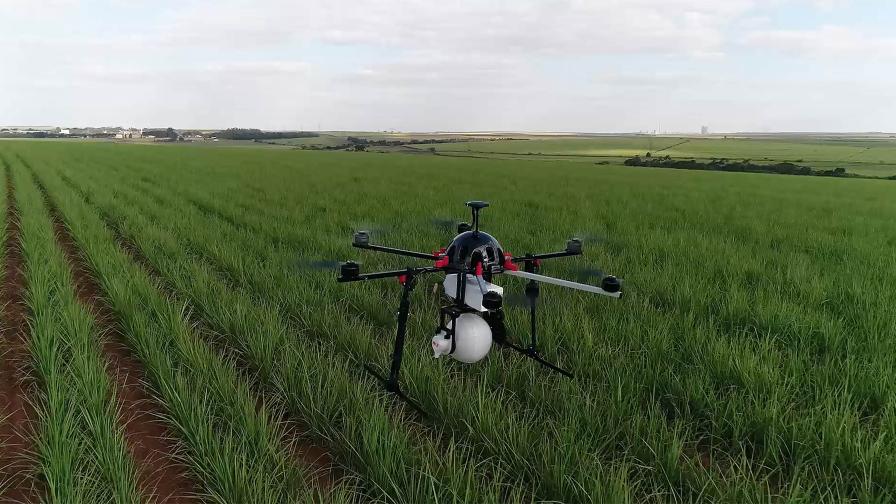Regulatory Update: How Bees Affect Your Business
By Dr. Ingo Tornier
Eurofins Agroscience Services
W ORLDWIDE, hundreds of plants grown for human needs are pollinated by insects or other animals in order to produce the goods on which we depend. Moreover, through pollination, seeds and fruits are produced to feed birds and mammals. In the United States, pollination by honey bees, native bees and other insects produces $40 billion worth of products per year. Honey bees (Apis mellifera L.) pollinate about 100 blooming food crops, including apples, soybeans, asparagus, cucumbers, citrus fruit, peaches, strawberries and melons. During the past two decades, global concern has been growing about apparent reductions in the abundance of pollinators of all descriptions.
In the winter of 2006-07, about 20% to 30% of the bee colonies in the US were lost due to Colony Collapse Disorder (CCD). Even today the precise reasons for the colony losses are not known, but it is very likely that a combination of stress factors – such as parasites, poor nutrition and environmental stresses, including chemicals – are causing bee colonies to collapse.
Recent study outcomes suggest that the decline of pollinators (endemic and introduced) is a result of multiple factors. In order to learn more about the different factors that influence the diversity and number of pollinators in our environment, research has been conducted to identify and evaluate the different factors. One of the factors under evaluation is the use of pesticides.
In an effort to further the global dialogue, the Society of Environmental Toxicology and Chemistry (SETAC) held a Pellston Workshop to explore the state of the science on pesticide risk assessment for pollinators. The workshop met in January 2011, and 48 experts were invited from government, industry, academic and non-governmental organizations, representing a range of expertise from toxicologists, statisticians, bee biologists, modelers, beekeepers, risk assessors and risk managers from North America, South America, Europe, Australia and Africa.
Workshop participants were tasked to advance the current state of the science of pesticide risk assessment by more thoroughly vetting quantitative and qualitative measures of exposure and effects on the individual bee and on the colony. In doing so, the participants aimed to synthesize the global understanding and work that has taken place, to move toward a harmonized process for evaluating and quantitatively characterizing risk to pollinators from exposure to pesticides, and to identify the data needed to inform that process.
Currently, in the US, pesticide effects on pollinators are tested via contact toxicity test on adult honey bees under laboratory conditions according to EPA guidelines. If the LD50 is less than 11µg/bee foliar residue tests are required. If concerns are raised from this study additional higher-tiered studies in the field may be necessary.
In the EU data requirements for plant protection products and their active substances are harmonized by Directive 91/414/EEC, which was replaced by the regulation no. 1107/2009 on the 14th of June 2011. The requirements and guidelines on EU levels for tests on honey bees follow the three-tiered testing scheme stated in the European and Mediterranean Plant Protection Organization (EPPO). Primary testing is conducted under laboratory conditions (oral and contact) followed by tests in cages or tunnels (semi-field) and finally, field tests.
Based on the new EU regulation and the outcome of the Pellston Workshop in the US, different new aspects are required or are under discussion for tests on of effects of pesticides to pollinators. For example, tests on non-Apis bees, verify exposure, detailed assessments on honey bee brood and residues in several bee hive matrices. Beside this, there are still many national and international discussions in progress in order to evaluate pesticide risk to insect pollinators and find tools to improve the systems.
Overall, there are several regulatory, voluntary, and research programs ongoing worldwide to learn more about the different factors which influence the diversity and number of pollinators in our environment and to find ways to protect them.
Eurofins is a leading provider of field and scientific research services, product development consultancy and technical support to the crop protection industry, pharmaceutical, food, environment and veterinary industries. For more information, visit Eurofins.com or contact: [email protected].





